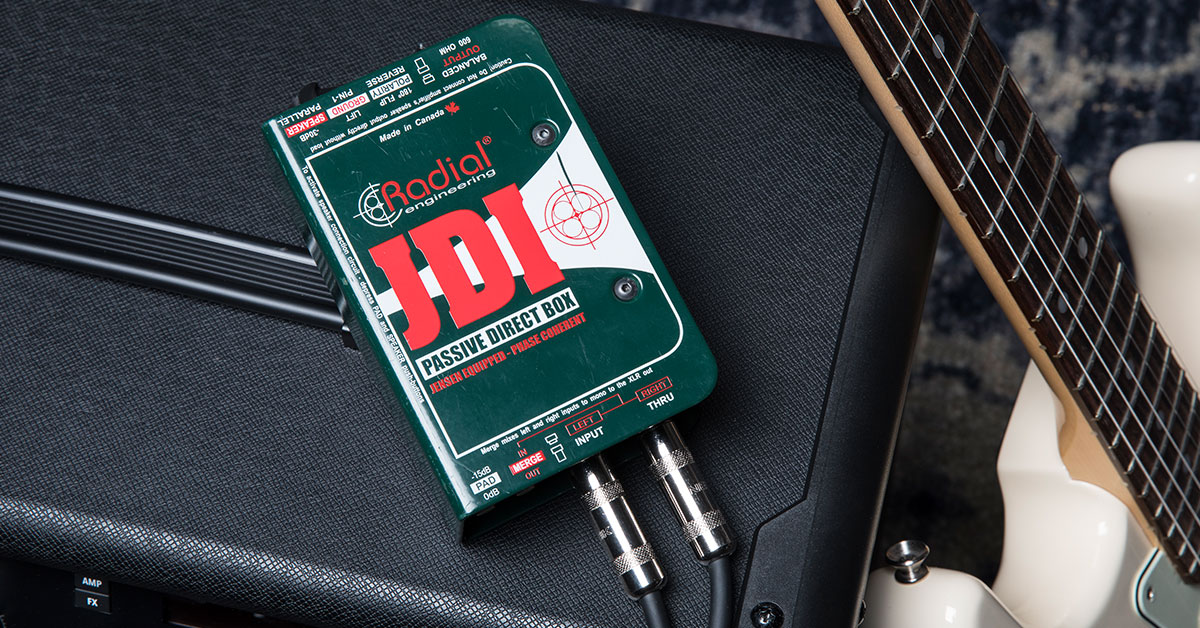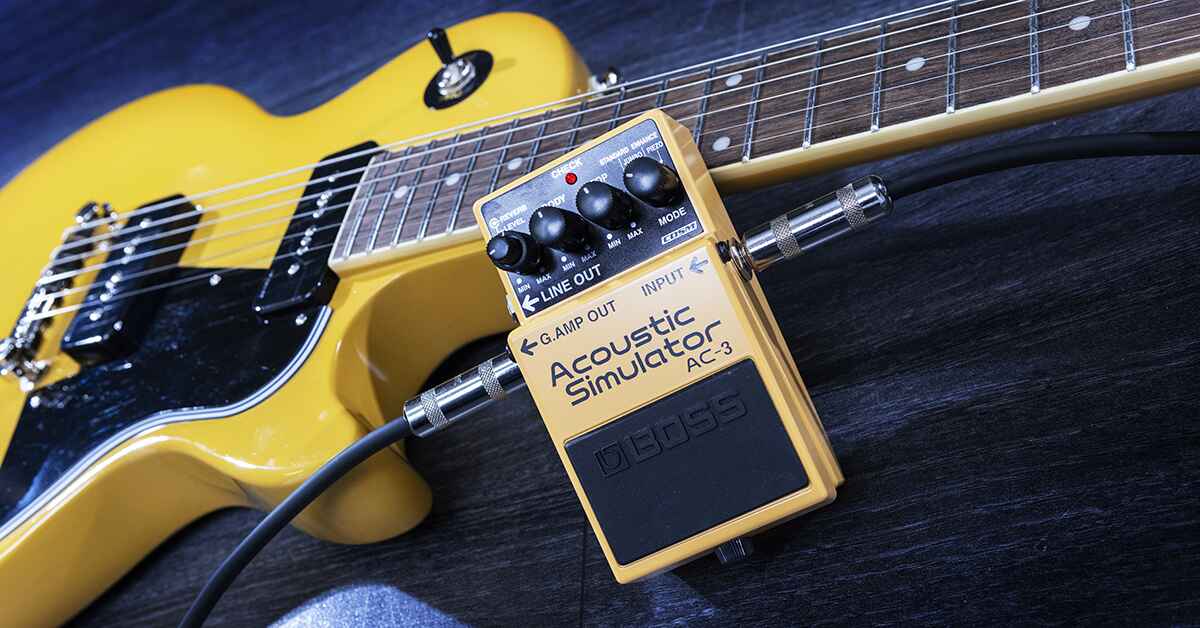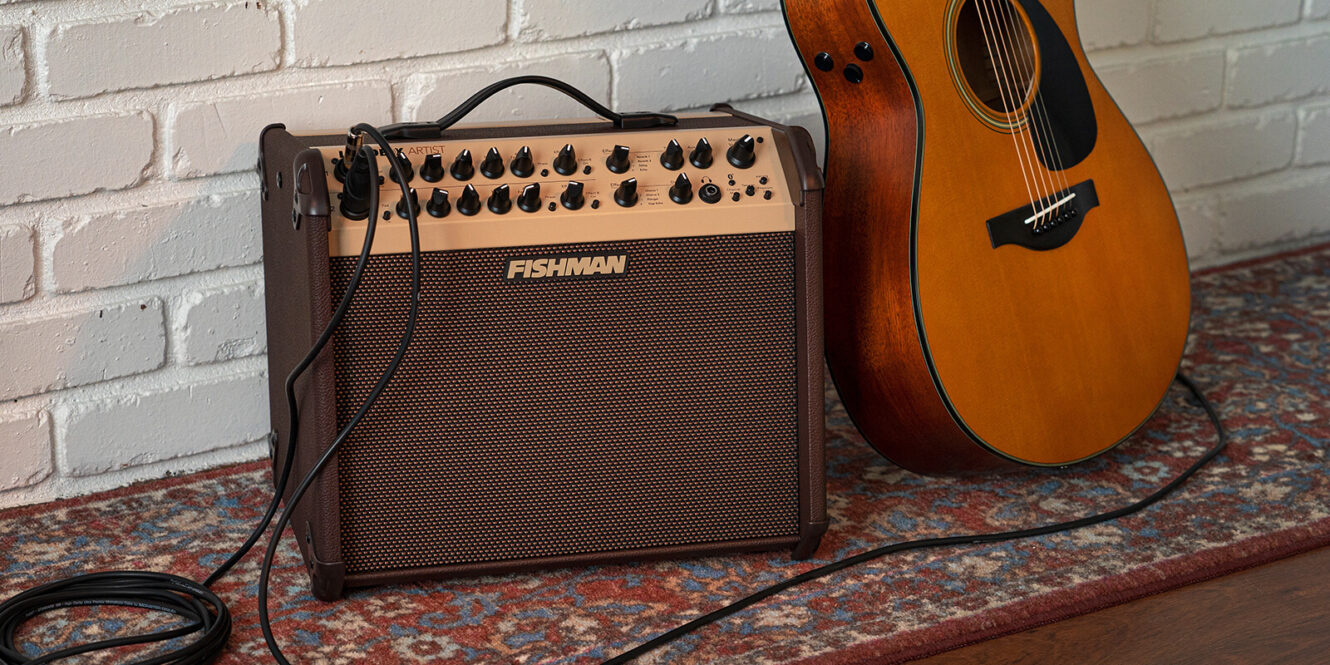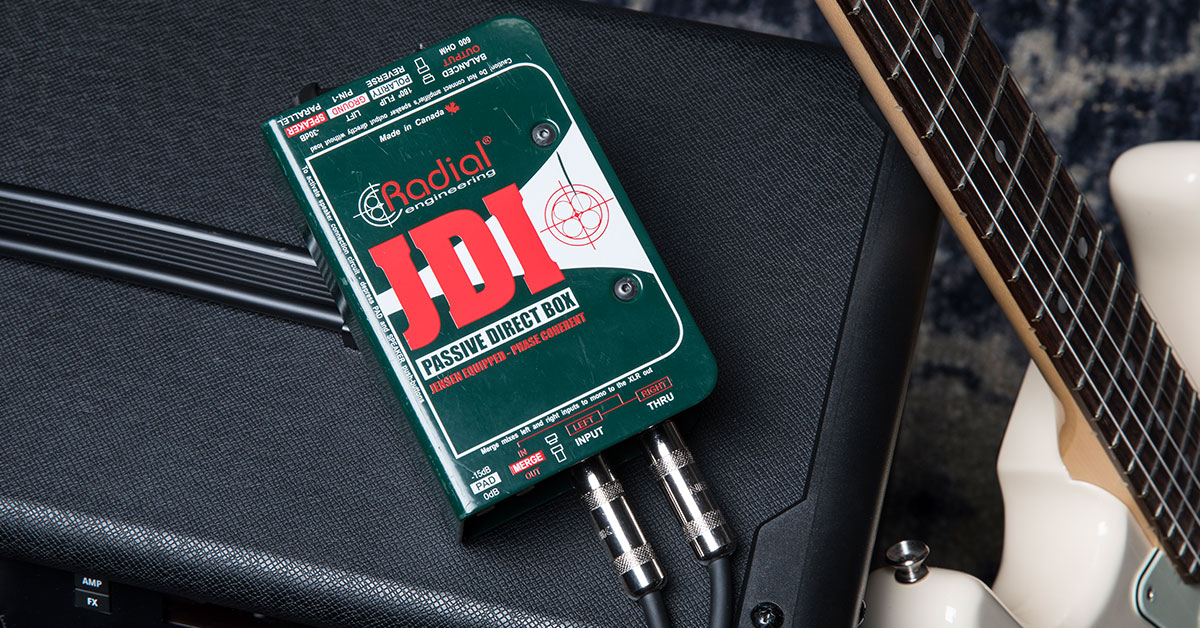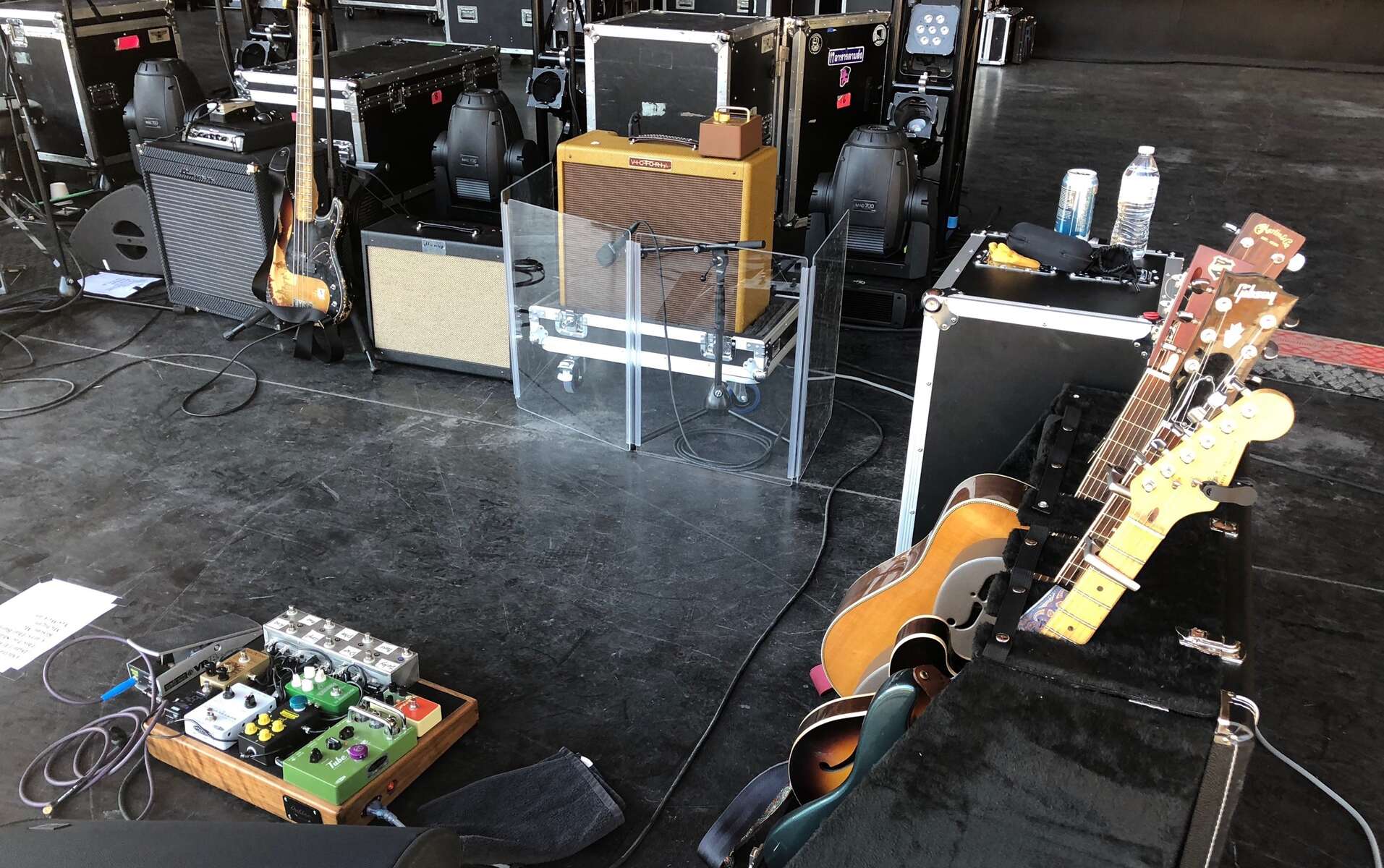Introduction
Are you tired of the persistent hum that seems to plague your acoustic guitar, interfering with the pure, resonant tones you strive to produce? Ground hum, a common nuisance for many acoustic guitarists, can be a frustrating issue to contend with. However, with a bit of knowledge and the right techniques, you can effectively minimize or even eliminate this unwelcome noise. In this guide, we'll delve into the world of ground hum on acoustic guitars, exploring the causes behind this phenomenon and providing practical tips to help you address and mitigate it.
Whether you're a seasoned performer or a budding enthusiast, the quest for pristine sound is a universal pursuit among musicians. The clarity and purity of an acoustic guitar's tone can be marred by ground hum, which manifests as a low, persistent buzz or hum, often exacerbated by certain performance environments or electrical setups. Understanding the factors contributing to ground hum and learning how to combat it effectively can significantly enhance your musical experience and ensure that your acoustic guitar produces the beautiful, unadulterated sounds you desire.
In the following sections, we'll unravel the complexities of ground hum, offering insights into its causes and implications for acoustic guitarists. We'll also equip you with practical strategies to minimize ground hum, such as utilizing a ground lift, shielding your guitar, and employing hum eliminators. By implementing these techniques, you can reclaim the pure, resonant tones of your acoustic guitar, free from the interference of ground hum. Let's embark on this journey to conquer ground hum and unleash the full sonic potential of your beloved instrument.
Understanding Ground Hum
Ground hum, also known as mains hum or electrical hum, is a common issue that plagues acoustic guitarists and can detract from the instrument’s natural resonance. This unwanted noise is typically characterized by a low-frequency buzz or hum that persists during performance, particularly in settings where electrical interference is prevalent. Understanding the root causes of ground hum is crucial for effectively addressing and mitigating this nuisance.
At its core, ground hum is often the result of electromagnetic interference (EMI) or radio frequency interference (RFI) infiltrating the signal path of the acoustic guitar. This interference can be induced by various sources, including power lines, lighting systems, amplifiers, and other electronic devices present in the performance environment. When the guitar’s signal path becomes contaminated with these external interferences, the result is an audible hum that compromises the purity of the instrument’s sound.
Ground loops, another common culprit of ground hum, occur when multiple devices in an audio system are connected to a common ground, creating a loop that picks up and amplifies electrical interference. This phenomenon can manifest as a persistent, low-frequency hum that permeates the acoustic guitar’s output, diminishing its sonic clarity and fidelity.
Furthermore, the design and construction of the guitar itself can contribute to ground hum. Inadequate shielding within the instrument’s electronics or improper grounding can make the guitar more susceptible to external interference, exacerbating the presence of unwanted hum during performance.
By comprehending the various factors that give rise to ground hum, acoustic guitarists can adopt targeted strategies to minimize its impact and restore the instrument’s pristine sound quality. In the subsequent sections, we’ll explore practical techniques and tools that can effectively mitigate ground hum, empowering you to reclaim the pure, unadulterated tones of your acoustic guitar.
Tips for Minimizing Ground Hum
Minimizing ground hum on your acoustic guitar involves a blend of practical techniques and strategic interventions aimed at reducing or eliminating the sources of interference. By implementing the following tips, you can effectively mitigate ground hum and restore the pristine, unblemished tones of your instrument.
- Optimize Performance Environment: When performing with your acoustic guitar, be mindful of the environment’s electrical layout. Avoid positioning the instrument near power sources, lighting fixtures, or other electronic equipment that may emit electromagnetic or radio frequency interference. By strategically situating yourself and your guitar in a low-interference zone, you can minimize the likelihood of ground hum affecting your performance.
- Utilize High-Quality Cables: Investing in well-shielded, high-quality instrument cables can significantly reduce the susceptibility of your guitar’s signal path to external interference. Quality cables with robust shielding properties can effectively attenuate electromagnetic and radio frequency interference, diminishing the presence of ground hum in your acoustic guitar’s output.
- Check Grounding and Shielding: Ensure that your acoustic guitar’s electronic components are properly grounded and shielded. Inadequate grounding or shielding can render the instrument more susceptible to interference, leading to the manifestation of ground hum. Regularly inspect the internal wiring and shielding of your guitar, addressing any deficiencies to fortify its resistance to external interference.
- Isolate Audio Equipment: When connecting your acoustic guitar to amplifiers, mixers, or audio interfaces, strive to isolate the audio equipment from potential sources of interference. Avoid routing audio cables parallel to power cords or near electronic devices that may emit electromagnetic interference. By maintaining spatial separation between audio equipment and potential sources of interference, you can minimize the likelihood of ground hum infiltrating the signal path.
By incorporating these tips into your acoustic guitar setup and performance practices, you can proactively diminish the impact of ground hum, fostering an environment where the instrument’s natural resonance can shine through without the interference of unwanted electrical noise. These practical strategies lay the groundwork for a more immersive and sonically pristine musical experience, empowering you to showcase the full potential of your acoustic guitar with clarity and confidence.
Using a Ground Lift
When combating ground hum on your acoustic guitar, employing a ground lift can serve as a valuable tool in mitigating unwanted electrical interference. A ground lift, also known as a ground loop isolator, is designed to interrupt the continuity of the ground path between audio equipment, effectively breaking the loop that propagates ground hum. By understanding how to effectively utilize a ground lift, you can proactively address the presence of unwanted electrical noise in your acoustic guitar’s signal path.
One common application of a ground lift involves inserting it into the signal chain between your acoustic guitar and the audio input device, such as an amplifier or mixer. This interruption in the ground path can help isolate the guitar’s signal from potential ground loops or unwanted electrical interference, thereby reducing the manifestation of ground hum in the output signal. It’s important to note that while a ground lift can be effective in mitigating ground hum, its usage should be approached with caution and a thorough understanding of its implications.
When utilizing a ground lift, it’s essential to exercise discernment and consider the specific requirements of your audio setup. While it can effectively break ground loops and minimize interference, a ground lift also severs the protective ground connection, which serves as a safety feature in audio equipment. As such, it’s crucial to prioritize safety and adhere to best practices when implementing a ground lift, ensuring that the electrical integrity and safety of your audio equipment are not compromised in the process.
By incorporating a ground lift into your acoustic guitar setup, you can strategically intervene in the signal path to mitigate the impact of ground hum, fostering a cleaner and more pristine sonic output. However, it’s imperative to approach the usage of a ground lift with a comprehensive understanding of its function and potential implications, prioritizing both the mitigation of ground hum and the preservation of electrical safety in your audio environment.
Shielding the Guitar
Shielding your acoustic guitar is a proactive and effective strategy for minimizing the impact of ground hum and mitigating the intrusion of unwanted electrical interference. By fortifying the instrument’s electronic cavities with shielding materials, you can enhance its resistance to external electromagnetic and radio frequency interference, thereby preserving the purity of its acoustic tones.
One fundamental approach to shielding involves lining the internal cavities of the guitar, such as the control and pickup cavities, with conductive shielding material. Copper foil or conductive paint are commonly used for this purpose, creating a shielded enclosure that mitigates the infiltration of external interference into the guitar’s signal path. By enclosing the electronic components within a shielded environment, the likelihood of ground hum manifesting as a result of external interference is significantly reduced.
In addition to shielding the internal cavities, attention should also be directed to the grounding and shielding of the guitar’s electronic components. Ensuring that the electronic circuits and components are properly grounded and shielded can further fortify the instrument’s resilience against ground hum. Regular inspection and maintenance of the guitar’s internal wiring and shielding integrity are essential to sustain its resistance to external interference over time.
Moreover, the selection of high-quality, shielded cables for connecting the acoustic guitar to amplifiers or audio interfaces can contribute to the overall effectiveness of shielding efforts. Well-shielded cables serve as a barrier against external interference, minimizing the likelihood of ground hum infiltrating the signal path and compromising the instrument’s sonic integrity.
By implementing comprehensive shielding measures, acoustic guitarists can create an environment where the instrument’s natural resonance can flourish without the encumbrance of unwanted electrical noise. This proactive approach to shielding not only minimizes the impact of ground hum but also safeguards the acoustic guitar’s sonic purity, empowering musicians to deliver performances that resonate with clarity and fidelity.
Using a Hum Eliminator
When grappling with persistent ground hum on your acoustic guitar, integrating a hum eliminator into your audio setup can serve as a potent solution for mitigating unwanted electrical interference and restoring the instrument’s pristine sonic output. A hum eliminator, also referred to as a hum suppressor or noise filter, is designed to identify and neutralize ground loop-induced hum and other sources of interference, offering a robust defense against the intrusion of electrical noise.
One of the primary functions of a hum eliminator is to break ground loops, which are a common cause of persistent hum in audio systems. By isolating the audio signal and interrupting the continuity of the ground path, hum eliminators effectively mitigate the impact of ground loops, thereby reducing or eliminating the manifestation of ground hum in the acoustic guitar’s output. This targeted intervention can significantly enhance the instrument’s sonic clarity and fidelity, allowing its natural resonance to shine through without the interference of unwanted electrical noise.
Hum eliminators are equipped with advanced circuitry designed to detect and neutralize various forms of interference, including electromagnetic and radio frequency interference. This sophisticated technology enables hum eliminators to discern between the desired audio signal and unwanted noise, selectively filtering out the extraneous interference while preserving the integrity of the guitar’s output. As a result, the acoustic tones produced by the guitar remain free from the encumbrance of ground hum, delivering a pristine and unadulterated sonic experience.
Furthermore, hum eliminators are available in a range of configurations, including portable units and rack-mounted devices, offering flexibility in integrating them into diverse audio setups. Whether used in a live performance setting or a recording environment, hum eliminators provide a versatile and reliable means of combating ground hum and enhancing the sonic quality of the acoustic guitar’s output.
By incorporating a hum eliminator into your acoustic guitar setup, you can proactively address the challenges posed by ground hum, empowering the instrument to deliver its full sonic potential with clarity and fidelity. This strategic intervention not only mitigates the impact of unwanted electrical interference but also ensures that the acoustic guitar’s natural resonance remains unblemished, allowing musicians to showcase their artistry with unwavering sonic purity.
Conclusion
Ground hum, a persistent adversary for many acoustic guitarists, poses a formidable challenge to the pursuit of pristine, unadulterated tones. However, armed with a deeper understanding of the causes and implications of ground hum, as well as practical strategies for mitigation, musicians can reclaim the sonic purity of their beloved instruments. By implementing targeted techniques such as utilizing a ground lift, shielding the guitar, and integrating a hum eliminator, acoustic guitarists can effectively minimize the impact of unwanted electrical interference and foster an environment where the instrument’s natural resonance can shine through without the encumbrance of ground hum.
Embracing the proactive measures outlined in this guide empowers musicians to cultivate a sonic environment that resonates with clarity, fidelity, and unwavering purity. Whether performing on stage, recording in a studio, or simply enjoying the expressive capabilities of the acoustic guitar, the mitigation of ground hum elevates the musical experience, allowing the instrument to articulate its emotive power with unblemished sonic integrity.
As you embark on your musical journey, armed with the knowledge and strategies presented here, may you find inspiration in the unadulterated tones of your acoustic guitar, liberated from the interference of ground hum. Let the resonant beauty of your instrument unfurl unhindered, enveloping your audience and enriching your musical expression with the pure, unalloyed essence of acoustic sound.









